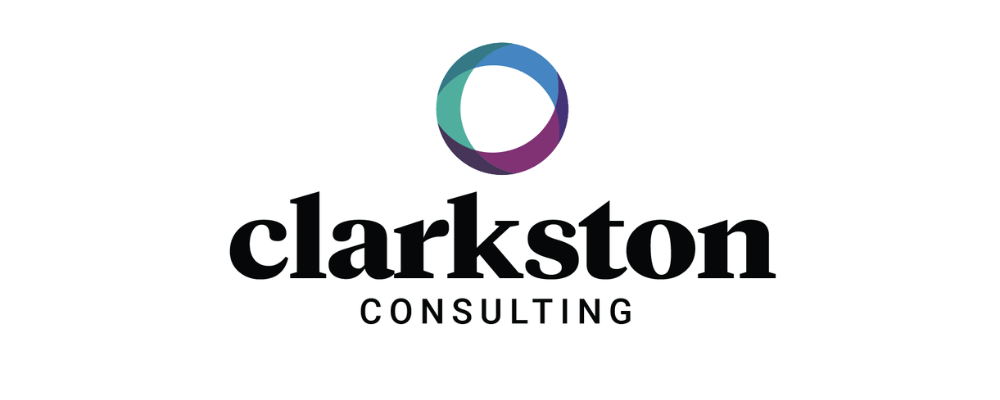As we move further into 2024, inclusivity in consumer healthcare marketing will continue to be more of a strategic imperative rather than just a nice-to-have for brands. We know that Generation Alpha is more value-motivated than the proceeding generations (as we’ve seen reflected in their skincare and beauty purchasing) but consumers of all generations have become more discerning as well. In fact, more than half of consumers believe that brands only take a stand for public relations or marketing purposes.
So, how can your organization build a market-inclusive brand strategy that is genuine and authentic to your brand? Below, we explore several market-inclusive brand strategies for consumer healthcare companies to prioritize in 2024 and beyond.
Understand Your Consumers
When we think about how consumer healthcare companies can build an inclusive brand strategy, it all starts with having a good understanding of the consumer journey of your brand’s diverse audience. Brands should aim to be trusted, accessible, culturally sensitive, and inclusive. The consumer journey for diverse audiences can be heavily influenced by various factors, including access, lived experiences, socioeconomic status, and an individual’s cultural background.
Expand Access to a Wider Consumer Base
When it comes to things like access, we know that diverse populations living in remote and/or underserved areas may have limited access to healthcare facilities and pharmacies. This can restrict their ability to obtain necessary prescription medications, emphasizing how critical OTC drugs are. Brands should prioritize expanded access, from door delivery of medication to partnering with community-based organizations. Providing affordable pricing options, discounts, and financial assistance programs can also improve access to diverse populations.
Increase Health Literacy
We also know that there is a history of mistrust in healthcare when it comes to underrepresented populations, specifically among the black community. Consumer healthcare companies, like Haleon, are paving the way in this space by addressing key barriers that hold their consumers back. We’ve seen organizations like Bayer also lead in this space, creating groups like the Global Creative Council, whose aim is to “harness the progressive and collective creativity of industry marketing experts to help better educate consumers, enabling them to take care of their own health.” We’re seeing both Haleon and Bayer alike take the lead when it comes to expanding health literacy by removing barriers to access. Through these actions, these organizations are helping to ensure they’re both understanding and reaching a wider, more diverse consumer base.
Understand Your Employees
The significance of your internal brand is equal to, if not greater than, that of your external brand. A common mistake we’ve seen brands make in this space is investing so much in multicultural engagement with their consumers, that they neglect the inclusive awareness within their own employees. While your internal and external strategies can happen in tandem, without a strong internal culture around multicultural engagement, your external strategy has the potential to fall flat.
Practice What You Preach
Even with a flawless consumer strategy, if employees don’t feel that your organization values multicultural engagement, it will be challenging to find success. We know that organizations leading in the diversity, equity, and inclusion (DEI) space both internally and externally often have Employee Resource Groups (ERGs). From employee retention to belonging, the benefits of ERGs in the workplace have proven significant.
ERGs can do impactful work on their organizations’ behalf. It’s integral for consumer healthcare organizations to highlight their ERG activities and achievements in external marketing to enhance the company’s reputation as an inclusive employer and appeal to consumers who value diversity and social responsibility. Additionally, when ERGs partner with diverse community-based organizations, those initiatives can generate positive publicity and better position the company as a leader in DEI within the consumer healthcare sector.
Leverage Insights from Employee Resource Groups
The impact of ERGs is more than just social networking and sharing experiences. Once established, ERGs really help enable companies to create and brand products that have a broader, more diverse reach, strengthening and enabling brand loyalty and reputation. Organizations like Johnson & Johnson tap on their 12 different ERGs when thinking about the future of their business.
Consumer healthcare companies can also leverage ERGs to gain valuable insights into diverse cultural perspectives and specific healthcare needs of different consumer groups, and this can help shape marketing campaigns that truly resonate with consumers. By engaging with ERGs to focus on health equity and access in testing marketing strategies, companies can directly address healthcare disparities. This allows them to showcase a commitment to social responsibility and fairness, ultimately helping to share their brand perception among consumers who prioritize and benefit from health equity actions.
Next Steps
While seemingly obvious, thoroughly knowing your consumers and employees can help take your external inclusive brand strategy to the next level – especially for consumer healthcare companies.
If your organization is interested in learning more about understanding the myriad of market voices in the consumer healthcare landscape, Clarkston Consulting can help tailor strategies specific to your business, ensuring they resonate with a diverse customer base and expanding their reach and influence. Reach out to us today.
“At Clarkston Consulting, we make our clients’ purpose our purpose. Since 1991, we have worked with global life sciences, consumer products, and retail companies to advance their most complex global priorities.”
Please visit the firm link to site


